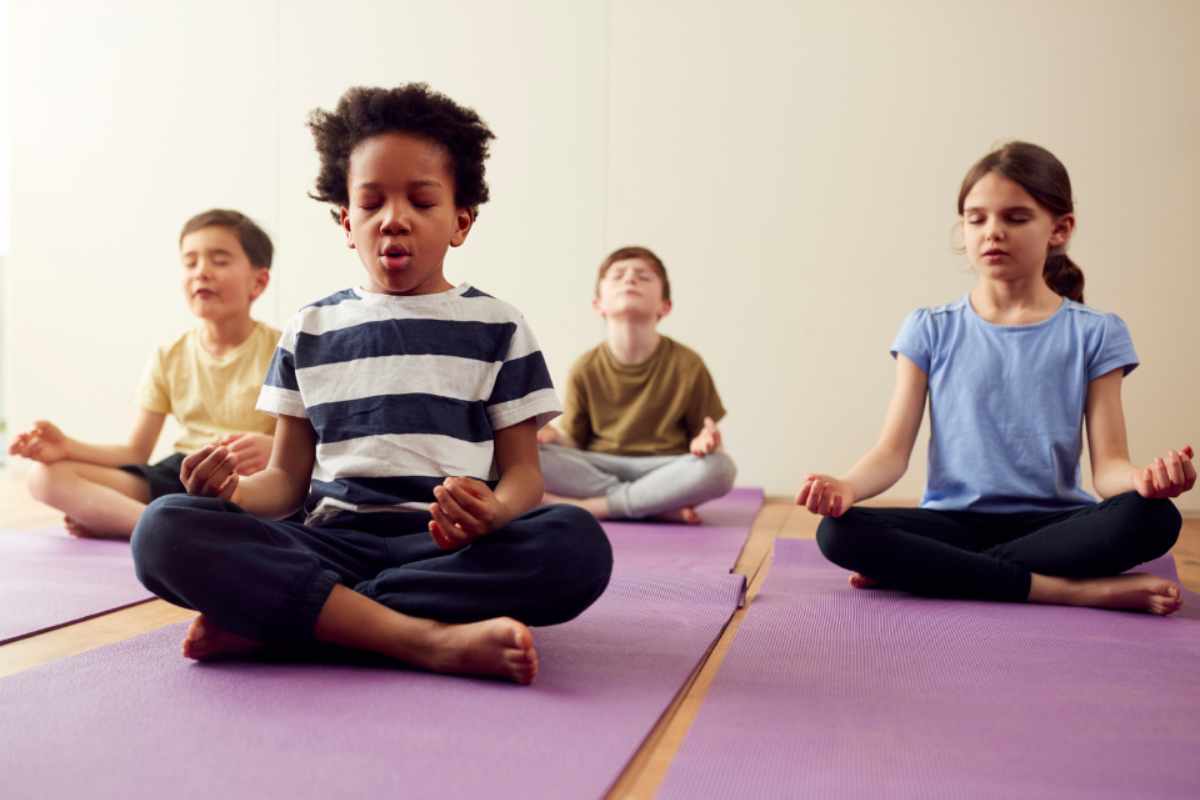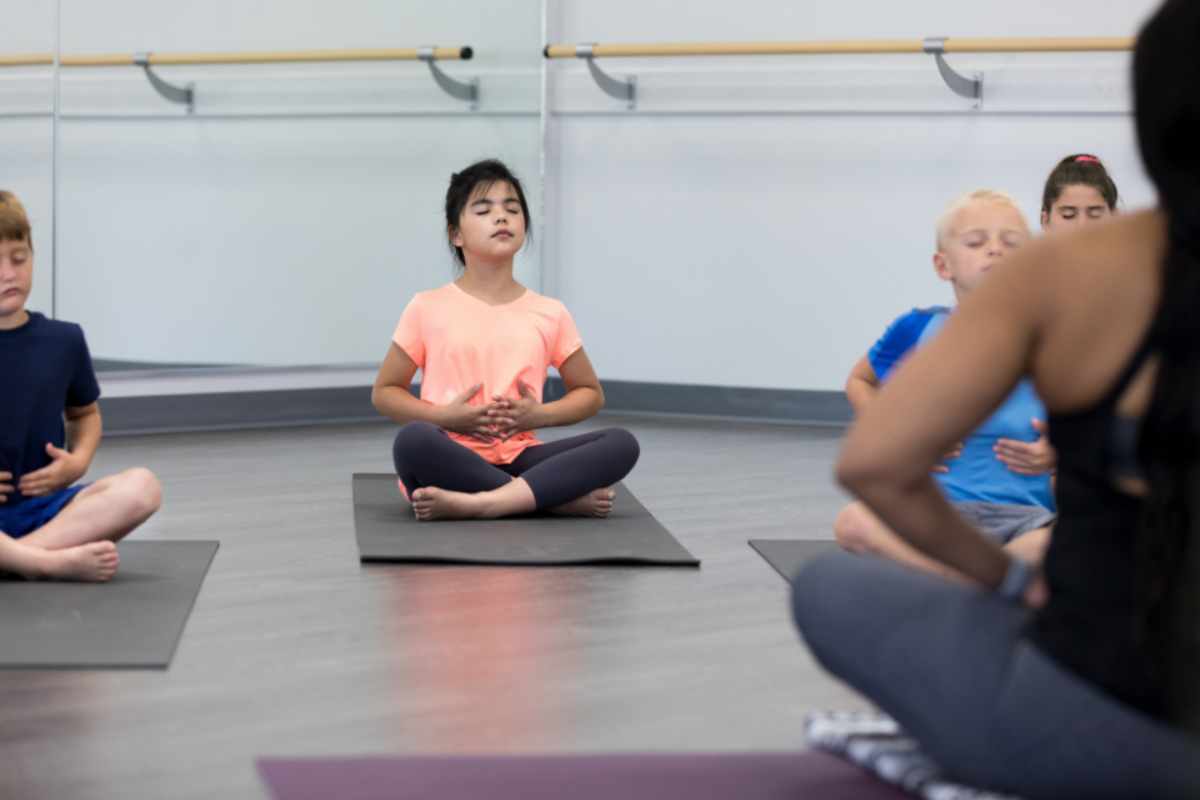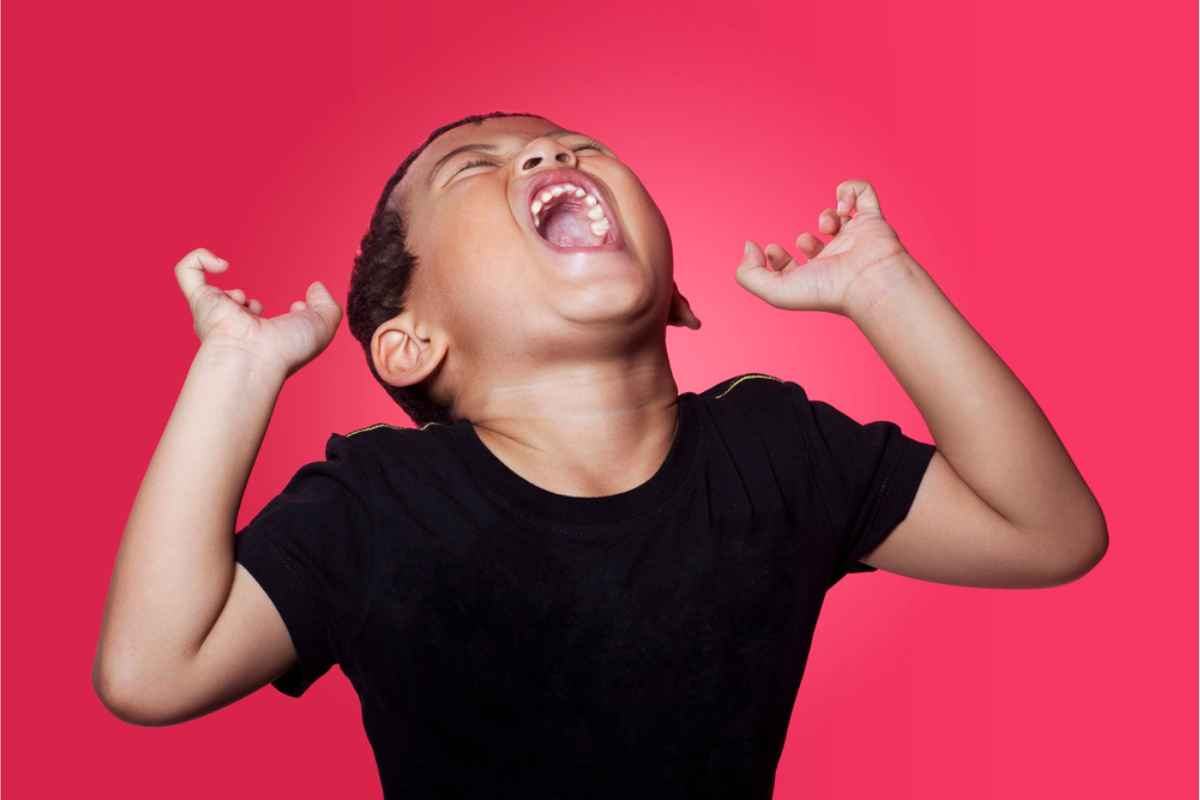October 9, 2023
The Art of Breathing: Teaching Breath Control for Your Child’s Anger Relief
Written by Guest Author
Posted in Child Counseling, Parenting & Family and with tags: children

Written by, Michael Vallejo, LCSW
We’ve all experienced getting angry at someone or something. There are even times when we get angry at ourselves. This negative emotion, whether a slight annoyance or full-blown rage, can happen when we encounter difficulties. Your child’s anger only becomes a cause for concern when it leads to significant problems.
This is why anger management is an important skill for anyone to develop.
Breathwork, a practice that helps control anger, is especially helpful for young people who are constantly facing new challenges in their lives.
In this article, you will learn how breathing techniques can help teach kids to cope with anger.
Understanding Anger in Children
Anger looks different in children, depending on their age.
For example, babies become angry when they’re hungry or tired so they cry.
Meanwhile, toddlers and preschoolers will throw tantrums because they’re struggling to express their feelings.
Kids 6 to 8 years old, on the other hand, might be more verbal when it comes to showing their anger when they feel misunderstood or rejected.
Anger issues in children have various underlying causes, such as stress, anxiety, physical ailments, trauma, and relationship problems. Your child’s anger may also be caused by a certain mental health condition.
For example, frequent outbursts can be a symptom of those with autism, because they struggle to manage their emotions. Additionally, children with attention-deficit hyperactivity disorder (ADHD) have problems with doing tasks that they find boring, which can lead to tantrums and defiance.
Children display their anger in different ways. Whereas some children may throw tantrums, others might show signs of aggression. When it comes to their emotions, you might also notice a child getting easily frustrated or irritated.
These are signs that your child may benefit from anger management, especially when your child’s anger is causing them problems in their relationships, academics, and family life.
The Role of Breathing Control in Your Child’s Anger Management
Anger can cause faster heart rate, tense muscles, and clenched jaw and hands. Additionally, you might notice that your breathing is also affected when you’re angry.
Your breathing becomes more rapid or shallow when you’re fuming. If you’re trying hard to control your anger, you might also notice that you’re holding your breath.
Shallow breathing is not helpful when you’re angry, because it prevents a part of your lungs from getting the oxygen it needs, causing more anxiety.
Deep breathing, on the other hand, can help regulate your blood pressure and normalize your heartbeat.
Controlling your breath when you’re angry can help you calm down and reduce your stress.
Types of Breathing Exercises for Kids
There are different types of breathing exercises that kids can do when they’re feeling angry:
Diaphragmatic breathing
The diaphragm is a muscle found below your lungs. When you inhale, it contracts and brings in air through your lungs. When you exhale, it relaxes and air is brought out from your lungs. Diaphragmatic breathing involves using your diaphragm to breathe deeply. This allows you to make full use of your lung capacity, help you relax, and slow down your heart rate.
Diaphragmatic breathing is also sometimes called “belly breathing”. It is helpful for kids who are dealing with anger, stress, or other overwhelming situations. Aside from calming the nervous system, it helps them practice the skill of relaxation which is important in stress management.
To practice diaphragmatic breathing with your child, follow these steps:
- Help your child find a comfortable position, such as sitting up straight.
- Put your child’s hand on their chest, and another hand on the abdomen. This will help them feel the process of deep breathing.
- Tell your child to breathe in slowly and allow the air to enter their nose until their stomach expands and they can’t breathe in any more air.
- Ask your child to breathe out slowly through pursed lips, while feeling their abdomen contracting.
- Repeat the steps above and ask your child how they feel afterward.
Square breathing (4-4-4-4 technique)
Square breathing involves breathing deeply and slowly to reduce stress and promote relaxation. It is also often called box breathing or four-square breathing. This is because it involves thinking of a box’s four sides to help slow down your breathing.
Square breathing is often used by the U.S. Navy SEALs, police officers, and other people with stressful jobs when dealing with difficult situations. It’s easy to learn and can be done by kids as well.
Follow the steps below to teach your child the square breathing technique:
- Go to a quiet environment free from distractions. Ask them to sit up straight and close their eyes.
- Tell your child to imagine a box, and trace one side of the box as they slowly breathe in through their nose. Ask them to do this for four seconds.
- Instruct your child to hold their breath for four seconds as they trace another side of the box.
- For another four seconds, ask them to breathe out slowly and release the air out of their lungs as they trace the third side of the box.
- Finishing tracing the last side, ask your child to hold their breath for four seconds.
- Ask your child how they feel, and repeat the process as needed until your child can do it on their own. If they’re having difficulty inhaling, exhaling, and holding their breath for four counts, you can adjust the counts for each step.
Straw breathing
Straw breathing involves the use of a straw to take slow and deep breaths. Using a straw with a small opening can make it easier for your child to breathe fully. They can use any straw you have on hand, or you can purchase a reusable one for your child.
- Find a comfortable place to sit, where your child can relax their body.
- Ask your child to breathe fully through their nose.
- Use the straw to fully exhale slowly throughout the mouth.
- Repeat the process for 5 minutes or until your child is calm.
If you don’t have a straw, another alternative is to ask your child to imagine that they’re using one. To do this, they should purse their lips as if they’re using a straw and exhale slowly.
Progressive muscle relaxation with breathing
You might notice that you have tense muscles when you’re angry. One way to relieve this physical symptom is through progressive muscle relaxation (PMR). PMR is done through contracting and relaxing your muscles to release the tension.
The goal of PMR is to help your child learn how it feels to be relaxed and tense. This will help them know how to relax when they’re angry. PMR is also beneficial for anxiety, sleep issues, high blood pressure, and headaches.
PMR is easy to do because there are no tools or equipment needed. All you need to do is to incorporate the deep breathing exercises you learned above. For example, ask your child to breathe in when tightening their muscles and exhale when relaxing them.
- Ask your child to sit in a comfortable chair and relax their body. Begin by going through some deep breathing techniques.
- Choose one part of the body to focus on. Ask your child to gently contract or tense the muscle for 5 seconds, then release.
- Allow your child 10 or more seconds to relax before moving on to the next muscle.
- Repeat the process as needed on the other muscle groups.
When practicing PMR, it’s recommended to start from the lower extremities and work the way up. The goal here is to let your child feel the difference when their muscles are tensed, and how comfortable it is to have them relaxed.
Visualization exercises combined with breathing
Visualization is a relaxation technique wherein you close your eyes in a quiet place, and imagine a scenario that you want to experience. If you’re going through negative emotions, then you might imagine something that is more positive.
Here are some steps to get started with visualization practice:
- Look for a quiet place where your child can spend a few minutes to visualize. Let them sit somewhere where they can be comfortable but not sleepy.
- Ask your child to close their eyes and forget about the real world for a while. Tell them to breathe deeply and slowly before jumping into the imagery.
- Tell them to imagine something positive. For example, they could imagine that they are standing in front of an imaginary waterfall, visiting a theme park, or in a happy place they went through in the past.
- Ask your child to be as specific in their imagination as possible. Tell them to imagine the colors, the scents, the sounds, the weather, and appreciate the environment.
- Remind them to breathe fully and deeply as they visualize their happy place and let go of the tension.
- Let them stay like this for a few minutes, and ask them how they feel. Tell them that they can open their eyes when they feel calmer.
How to Teach Breathing Control to Kids
When teaching your child about breath control, it’s best to do it when they’re already calm. Set aside a few minutes every day to practice one technique, so they can build the relaxation skill over time. It’s like teaching them any other skill in life — it takes practice to get better at it.
Let them choose the breathing technique that they like. Fortunately, there are plenty of methods to choose from, so you can start with whatever is the easiest and gradually work your way to more complicated techniques.
It’s also helpful to practice the breathing exercises with your child to help them through each step. Aside from helping them learn this useful skill, it’s an opportunity for parents and children to bond.
Addressing Your Child’s Anger Challenges and Resistant Behavior
If you notice that your child’s anger is affecting their life in a negative way, it might be helpful to seek out professional help. Your child’s physician may give recommendations on what next steps to take when it comes to managing your child’s anger. Additionally, they may also refer you to a mental health professional.
Treatment for your child’s anger issues will depend on many factors, such as the cause, symptoms, and severity. One example is cognitive behavioral therapy (CBT), wherein a mental health professional helps the patient identify faulty ways of thinking that are causing their actions. It is a helpful method for helping children change their thinking patterns.
Incorporating Breathing Techniques into Kids’ Daily Routine
These breathing techniques can be practiced by children every day, so they build the skill and use it when needed. It takes just a few minutes of daily practice to see improvements in their technique.
You can practice together for just 2 minutes and increase the time as they get used to breathing control. The most important thing is to do it at the same time each day for the habit to stick.
Help Your Child Manage Anger Through Breath Control
Teaching your child relaxation techniques such as breath control can help them react better to intense emotions.
It can help not just with anger management, but also with frustration, anxiety, and stress reduction.
With practice, these breathing techniques will just become second nature to them, helping them deal with conflicts and difficult situations in life in a healthier way.


















